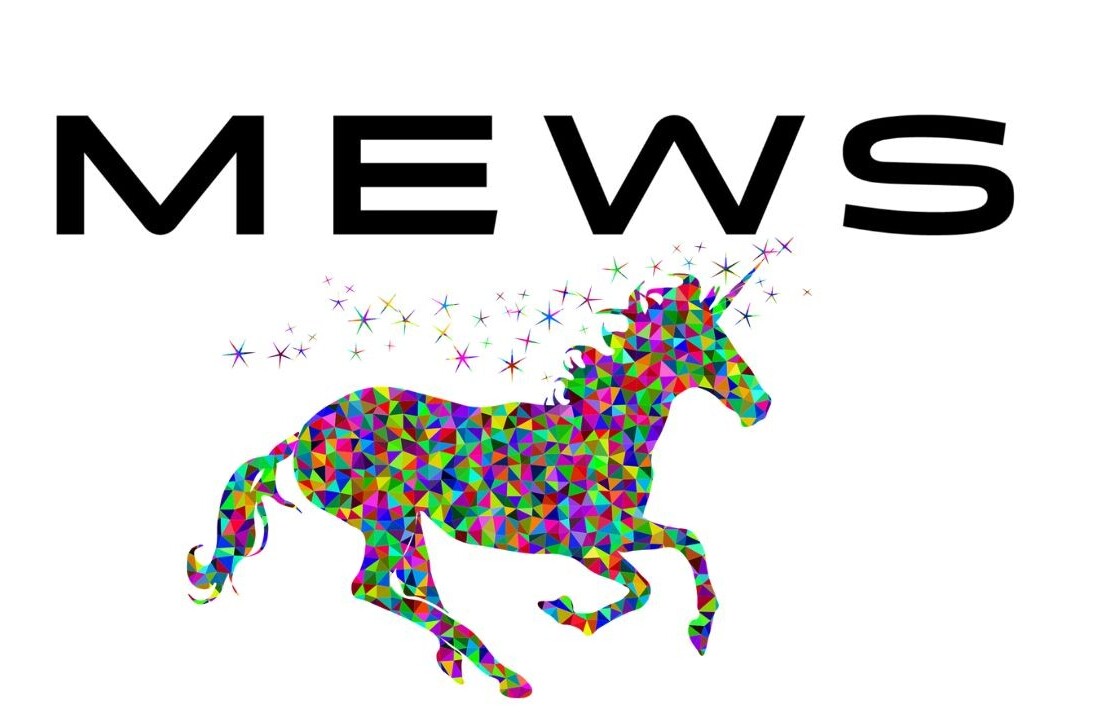
Details have emerged of a new digital currency to be issued by the central bank of Thailand – it’s built on an open-source blockchain eerily reminiscent of Ripple, the popular banking ledger developed by Ripple Labs.
It was first teased in June by Bank of Thailand (BOT) governor Veerathai Santiprabhob, who cited a need to meet demand for faster transactions across banking networks. Dubbed Project Inthanon, its mission is to create “a new way of conducting interbank settlement using wholesale central bank digital currency.”
Well, now we know specifics. It’s called Central Bank Digital Currency (CBDC) and it’s being built on the open-source distributed ledger (DLT) platform Corda, developed by New York blockchain firm R3.
The official press release (spotted by CoinDesk) reads:
Project Inthanon is a collaborative milestone led by the BOT, a technology partner R3 and eight participating banks […] to explore the implications and the potential benefits of [DLT] to enhance efficiency of the Thai financial market infrastructure. The BOT and the participating banks will collaboratively design and develop a proof-of-concept prototype for wholesale funds transfer by issuing wholesale Central Bank Digital Currency (Wholesale CBDC). The prototype will be built on Corda, a DLT platform developed by R3.
R3 is an American startup working to create DLT solutions, mostly for banks and tech firms. Enterprises can create their own private DLTs based on its open-source blockchain platform. It has been around since 2016, and has continuously touted partnerships with huge industry figures, from Microsoft to J.P. Morgan.
Recently, Fortune reported on speculations that it might be running out of money, despite apparently securing $107 million in funding. Such claims were later denied by managing director Charlie Cooper.
In simple terms, R3 market the Corda platform as a liquidity tool for the financial services industry. It claims to increase the efficiency of asset exchange by removing intermediaries – banks who use its tech can supposedly enjoy instant asset settlements, even with multiple participants.
Yes, Corda is open-source, but the DLTs that it creates are not so accessible. Blockchains built on Corda, like Project Inthanon, will be completely closed and apparently centralized – a disappointingly common theme for enterprise DLT solutions.
It appears that the Bank of Thailand will not only instantly create the new currency, but will be solely responsible for its distribution. It is precisely this model that has landed Ripple Labs multiple court appearances. Three securities fraud lawsuits have been filed against Ripple Labs and its CEO, arguing that a centralized entity being the sole issuers of a token it creates breaches certain laws.
Federal court will ultimately decide the future of such distribution models, at least in the United States. If a court decides that XRP is really a security and not a cryptocurrency, the entire fintech industry is likely feel the effects. Some investment CEOs have called for a new category of digital coin to be created, “digital fiat,” to spare other cryptocurrency projects from becoming collateral damage.
Although one shouldn’t judge purely on appearances, it’s rather easy to see similarities between Corda-based digital currencies and DLT-tech by Ripple Labs. The key difference here is that Ripple Labs’ XRP doubles as a circulating currency. At this stage, it appears that Thailand’s new digital currency will be used strictly by the banking system.
But, the two do have their own sordid history. Last year, they exchanged lawsuits over a deal which would have seen Corda purchase five billion XRP – ten percent of the total supply.
When prices skyrocketed, that deal was worth a whopping $12 billion. Ripple filed a counter-claim, arguing that it shouldn’t have to make the sale as R3 did not hold up its end of the deal. It alleged that R3 had promised to facilitate partnerships between banks and Ripple Labs, but none eventuated.
Not only that, Ripple Labs claim the contract was invalidated when R3 CEO David Rutter did not inform it that key members of the R3 consortium had pulled out – namely Goldman Sachs, J.P. Morgan, and Morgan Stanley. At this stage, it seems it is still being handled by the courts, the ordeal dragging on for close to a year.
At least Corda is going to be put to the test, hopefully – maybe. When the announcement was first made, it was given a disclaimer:
Our goal is not to immediately bring CBDC into use, but rather to explore its potential and implications for back office operations.
What we’ll really see, if it works, is a government-sanctioned digital currency that makes life easier for banks. This is all very good – as long as you ignore the irony of the financial system being strengthened by centralized ‘cryptocurrency.‘
Get the TNW newsletter
Get the most important tech news in your inbox each week.





